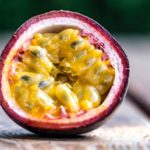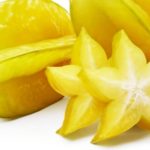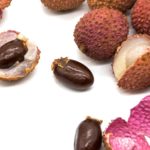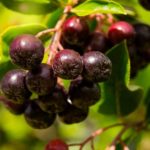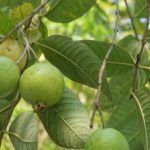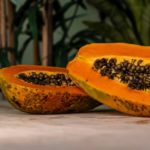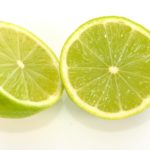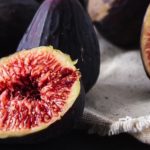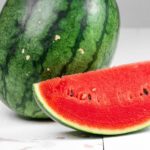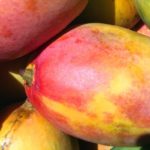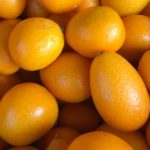10 Facts About Blackberry
Blackberry plants are dense shrubs, bearing fruits on brambles. Fruits are 1-1.5 inches long, black or dark purple, firm with a very sweet or tart juice. Small seeds remain embedded inside the flesh of the fruit. Now let’s check these 10 facts about blackberry and learn more about this fruit.
10 Facts About Blackberry
- Blackberries are red and hard when immature but become smooth and juicy when ripe.
- Blackberries are generally grown on the western slopes of the Cascade Mountains and the western side of the Pacific Ocean. They are vastly cultivated in prairies and woodlands of the coast and mid-mountains.
- According to their origins, blackberries can be classified as: Himalayan Blackberries – originated in the Himalayan Mountain areas of Asia, Evergreen Blackberries – originated in England, thorny in nature, Wild Blackberries – origin is perhaps the Northwest Pacific region.
- Scientifically it is identified as Rubus fruticosus of the family Rosaceae.
- Blackberries are widely cultivated in the US and are usually available at the market from May to August.
- A ripe blackberry is easily identified from its strong aroma. Fresh blackberries should be eaten immediately and the fruits need prior washing.
- Blackberries are quite dynamic in helping resist diseases. Their nutritional values are also quite enviable. One cup of blackberries (approx. 140 grams) contains only 75 calories. Amazing!
- Blackberry is a good source of folate and fiber. It is also rich in minerals such as manganese and tannins. Blackberries are considered astringent because of their high tannin content.
- Also, a blackberry contains a number of antioxidants like vitamin C and E, which help provide protection against cancer and other chronic diseases.
- The last fact is that blackberry is best eaten fresh. However, they can also be used in preparing jam, jellies, ice cream, cakes, and pies. A valuable aspect of eating blackberries is that cooking doesn’t reduce their nutritional value.

